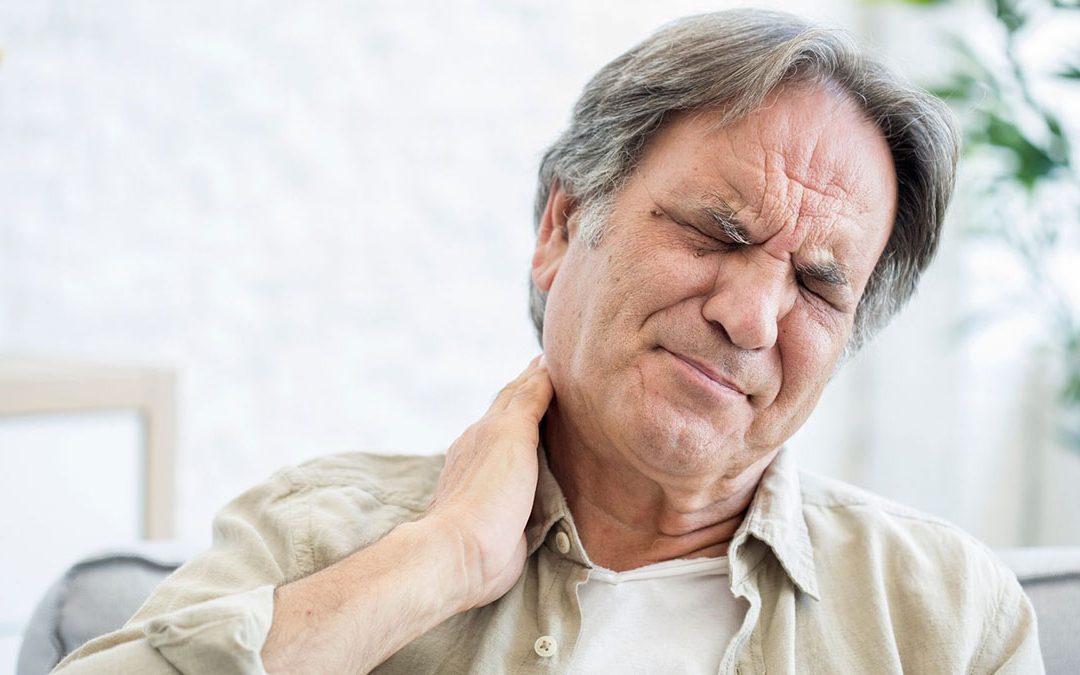Tips For Neck Osteoarthritis
Many people have been told that they have osteoarthritis causing their neck pain. It can be difficult. It can be quite disheartening and a little confusing as to what the options are to get some relief and to get your life back on track…
READ ON
So what is Osteoarthritis in the Neck?
Osteoarthritis (OA) is the most common form of arthritis, affecting millions of people worldwide. It occurs when the protective cartilage at the end of bones wears down. It may be a result of normal wear and tear, poor posture or a previous injury.
Your neck is made up of 7 cervical vertebrae attaching to each other via our facet joints, as well as discs, cartilage and many muscles. The vertebrae needs to slide on each other at the facet joints to produce normal movement, and the muscles need to activate in order for movement to occur.
With an Osteoarthritic neck however, there can be changes to the bones, discs, and joints of the neck. With slightly abnormal movement and with age, the discs of the cervical spine can gradually break down, lose fluid, causing the joints to become stiffer.
As a result of the degenerative changes, spurs or abnormal growths called osteophytes may form on the bones in the neck. These abnormal growths can cause joint space narrowing further restricting movement and can sometimes cause nerve impingement.
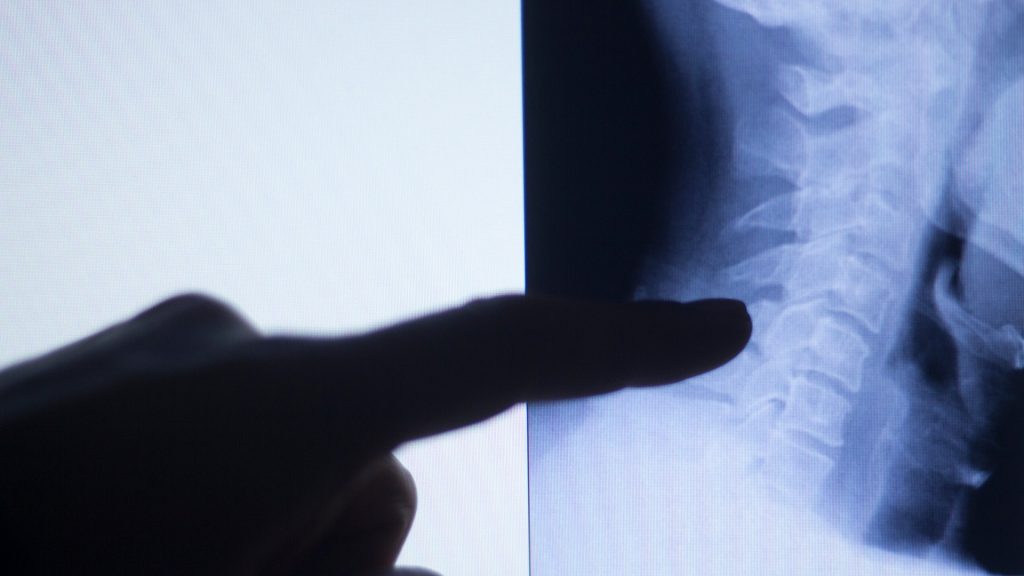
What are the causes?
Osteoarthritis in the neck can be caused by a previous neck injury (contact sports or car accidents), repetitive manual jobs or poor prolonged postures that leads to rounding of the shoulders and forward head posture which anatomically closes down the joint spaces in the neck. This creates hypomobility (less joint movement) – Want to find out about poor posture’s affects first hand? – Why not try it yourself! …Round your shoulders, slump down into your chair and poke your chin out. Now try to look up to the sky or turn your head from left to right!
It’s harder to move, right?
Poor posture can be the result of ergonomic factors such as poor work-station setup, poor driving postures (think Truck Driver), or increased use of mobiles phones/tablets/laptops. Poor posture as well as other factors can increase the normal age related wear-and-tear of joints and over time develop OA. Osteoarthritic joints will become more restrictive leading to further joint stiffness, and muscular dysfunction.
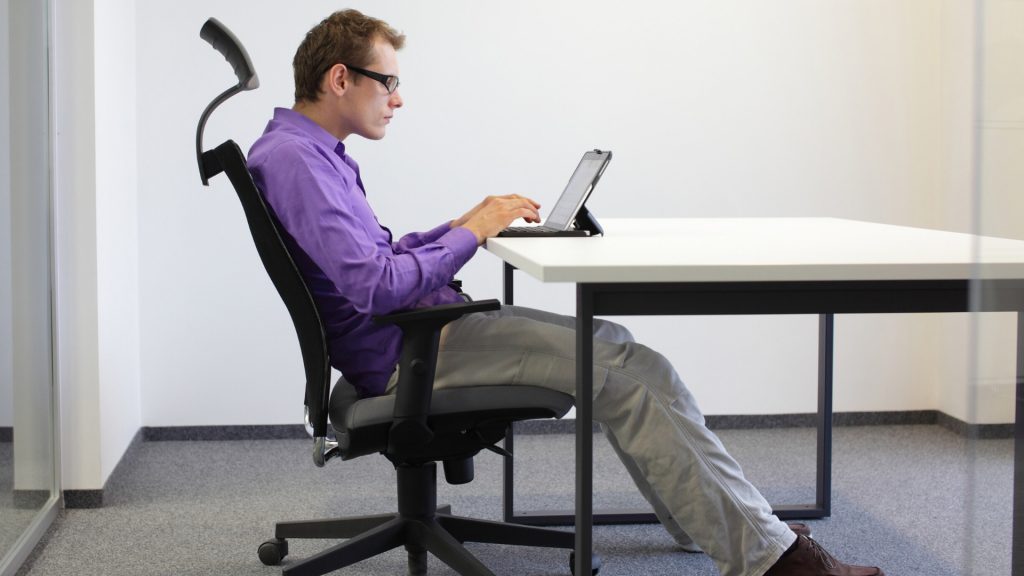
What are the symptoms like?
With Neck OA people typically complain of joint stiffness and an inability to fully move the neck. They may complain of a sharp pain, dull muscular aches, and some report headaches. Symptoms may be in the base of the skull, into the shoulders and the shoulder blades, and potentially pain, tingling and numbness can even go down the arms.
- Neck OA usually occurs in middle-aged and elderly people, but if you are older than 30 you have increased risk
- Females have a 2 times greater risk
- Office workers
- Sedentary lifestyle
- Prolonged forward head posture
- Previous neck injury (rugby tackling injury or too many scrums, car accident, awkward fall)
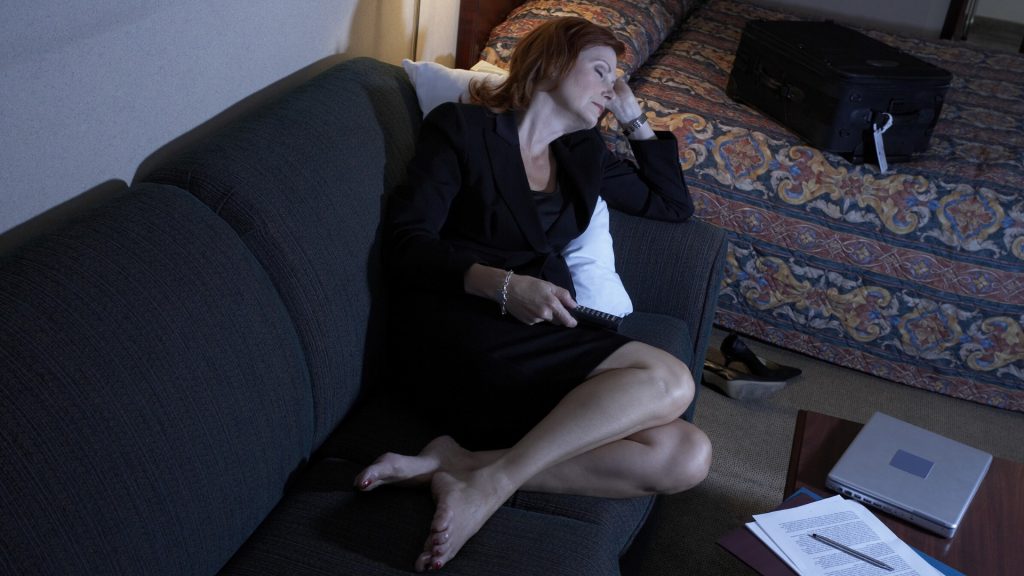
A lot of people report some relief from heat (hot packs and hot rubs) and varying forms of medication – but these are just temporary. As with most cases of OA you need to get
What happens at Physio?
At our clinic a full examination of the neck, shoulders, spine and kinetic chain (assessing the way you move) will be performed to diagnose the condition, identify deficits and rule out serious pathology. Physiotherapy treatment includes a combination of education, manual therapy, and exercises catered to each individual’s symptoms, presentation and their specific goals.
At Five Dock Physiotherapy and Sports Injury Centre, our physios are trained in a variety of manual therapy techniques (different massage and joint gliding techniques) that aim to help relax muscles, relieve symptoms and improve movement.
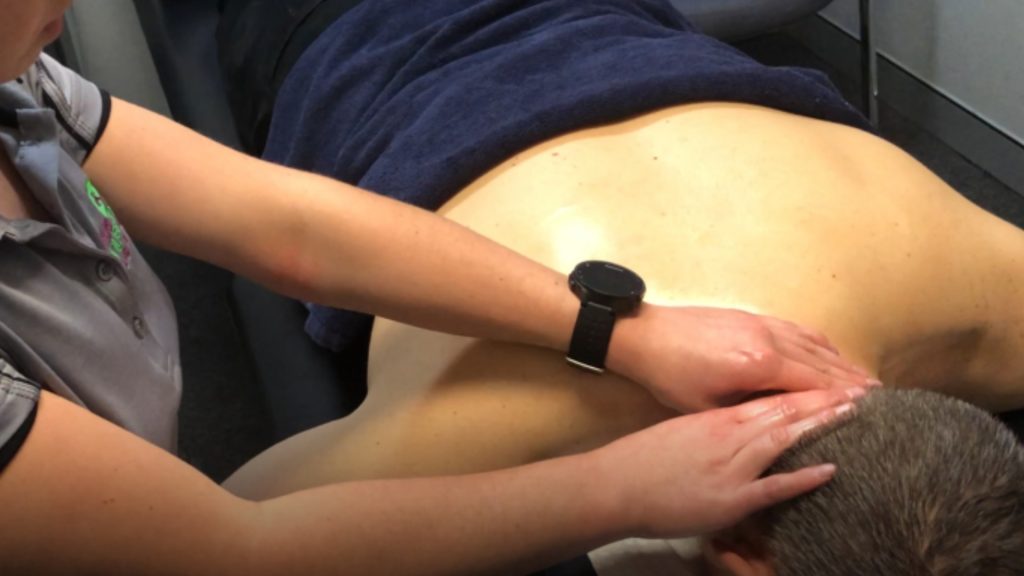
Will I get rid of my Arthritis through Physio?
Unfortunately, we cannot reverse the degenerative changes seen in neck OA, however we can help the joints glide more freely and assist the muscles in getting stronger and activating in the right sequence to support the neck better, improving movement and reducing symptoms. We can also correct any other dysfunctional movement that may be placing extra stress on the muscles and joints of the neck.
What does the evidence say?
Conservative management of musculoskeletal conditions is becoming increasingly supported by scientific research. Rheumatologist consultant A. Binder (2007) completed a review of neck OA and pain in which he recommended exercise, mobilisations and manipulations as being the best form of treatments. This is supported by numerous studies assessing the effectiveness of manual therapy, exercise and physiotherapy. Research by Meisingset et al (2016) showed that neck motion and motor control in the
Are you struggling with Neck Pain or troubled by Osteoarthritis?
Maybe it’s time to get it checked out?
GET AN ASSESSMENT & TREATMENT WITH OUR AMAZING TEAM OF PHYSIO’S.
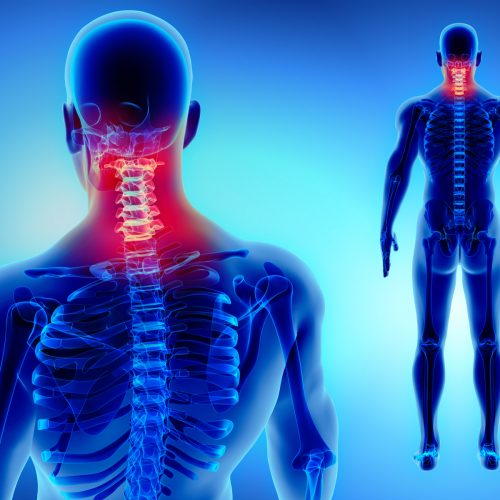
- Get crystal clear about what’s causing your Neck Pain
- Find out the most important steps for you to get pain free fast!
- Understand how to use technology without suffering the consequences of neck pain
- Find out the simple yet essential exercises that can help youget lasting relief
- Leave the session with the confidence of knowing exactly what to do to get symptom free and back to living life without pain

